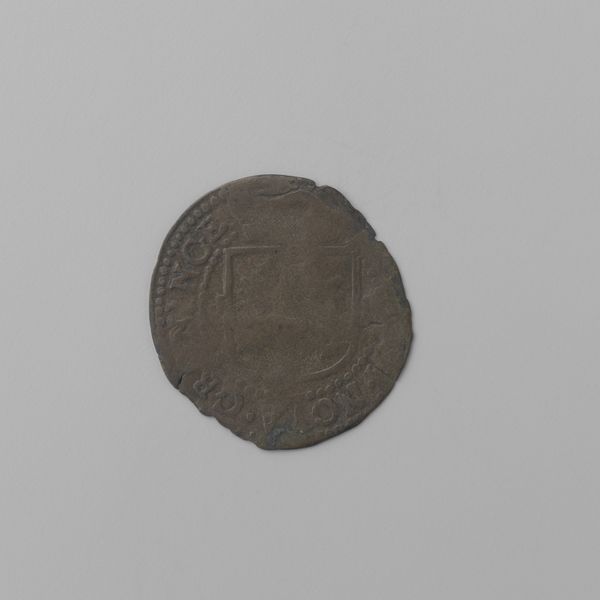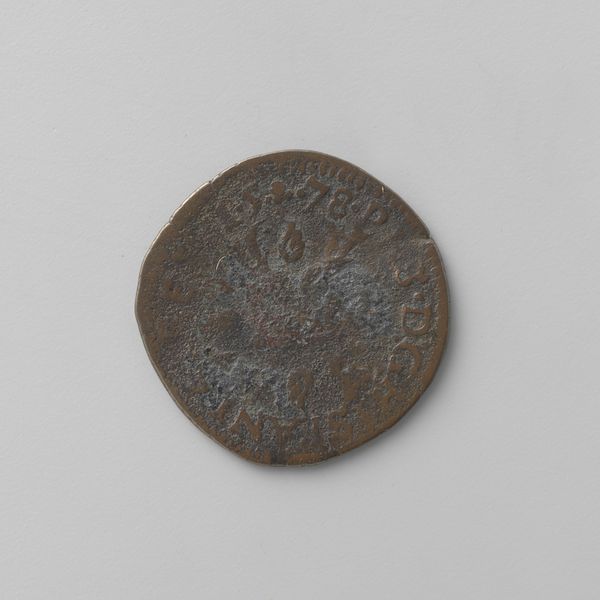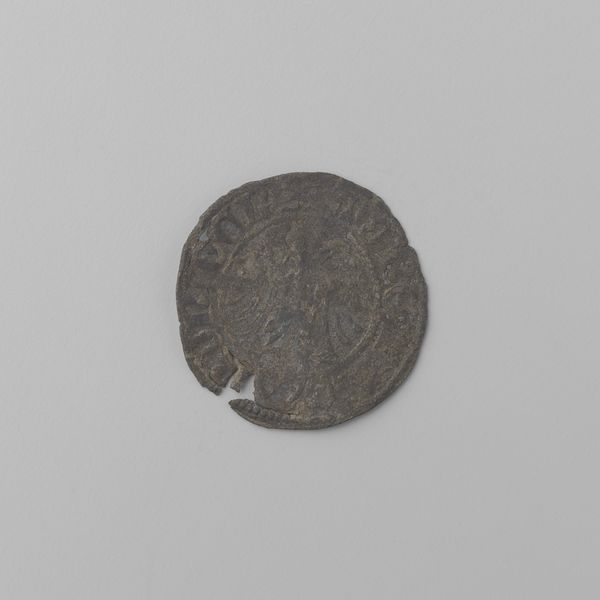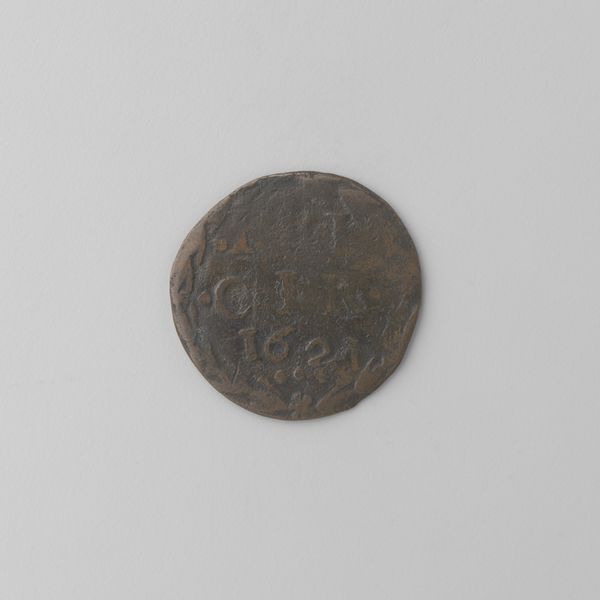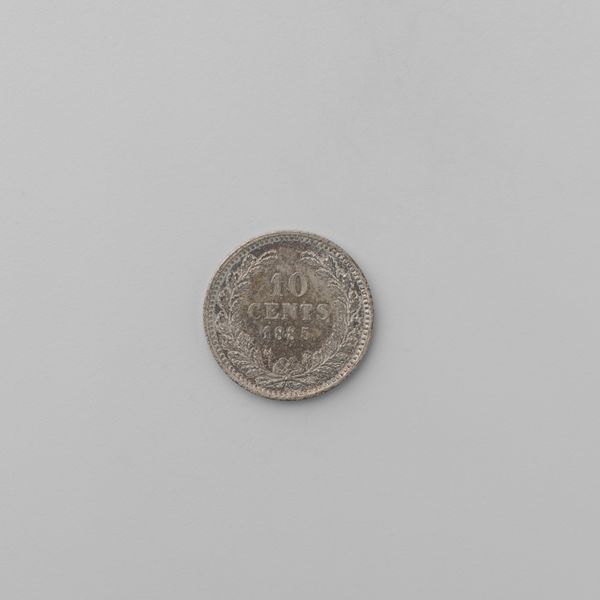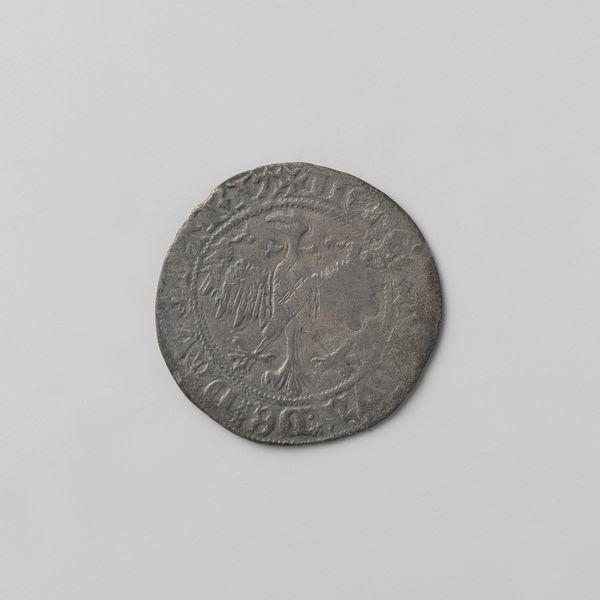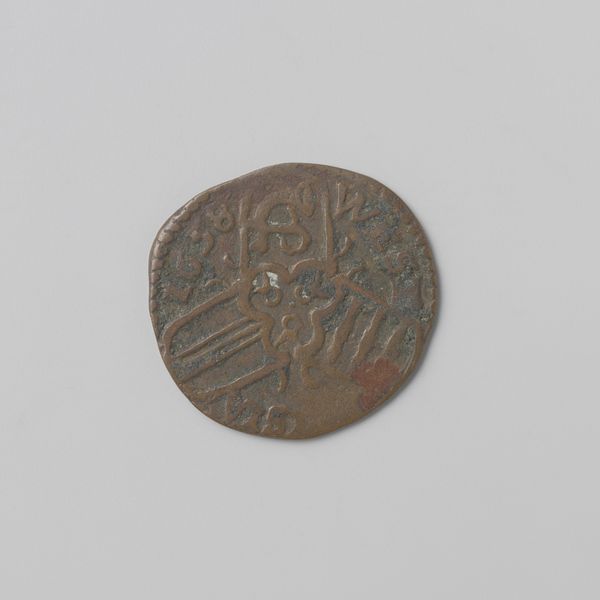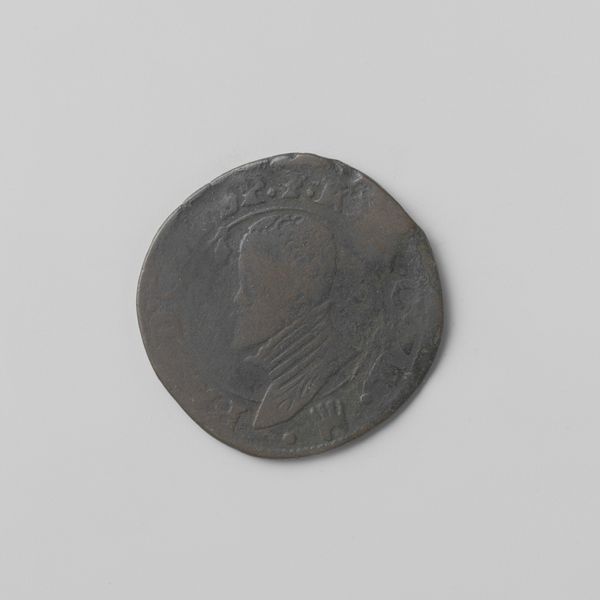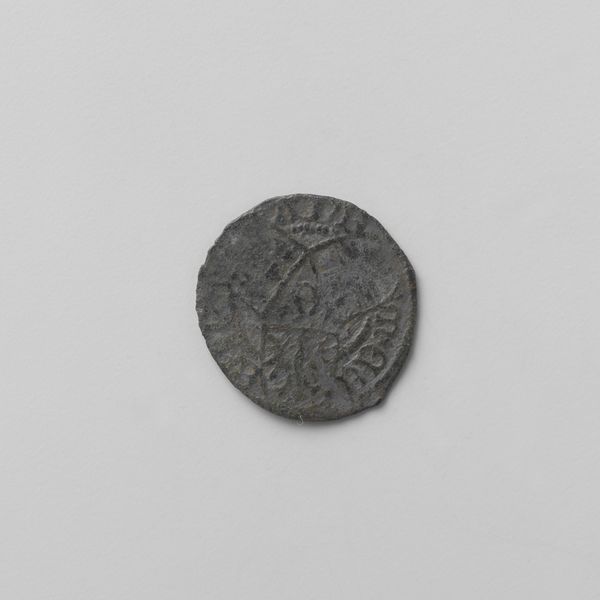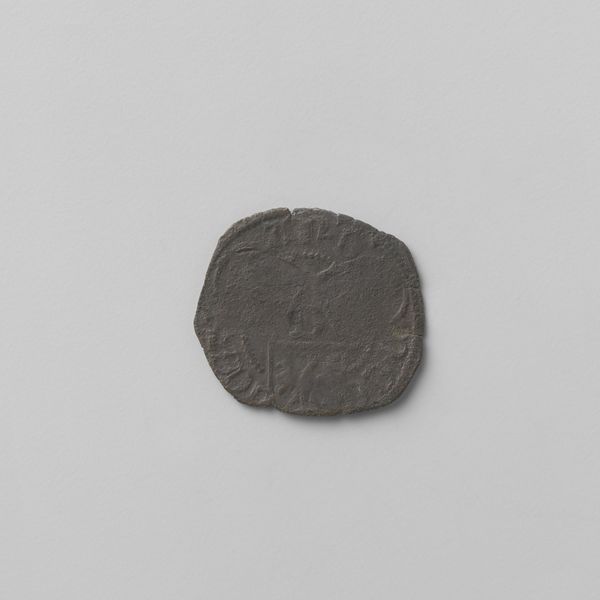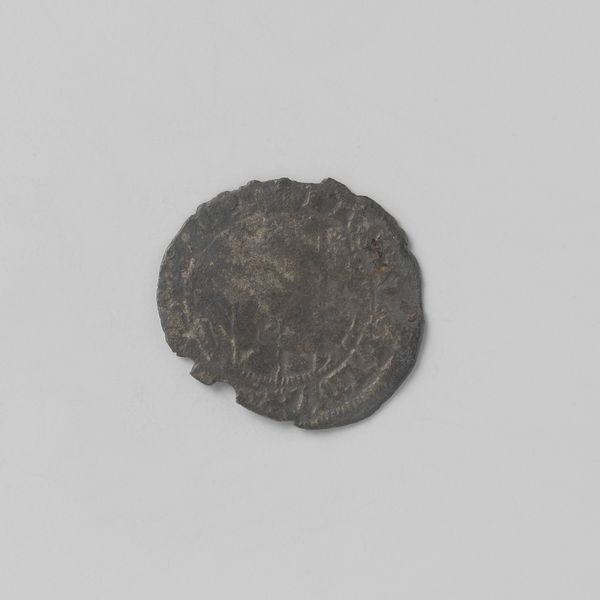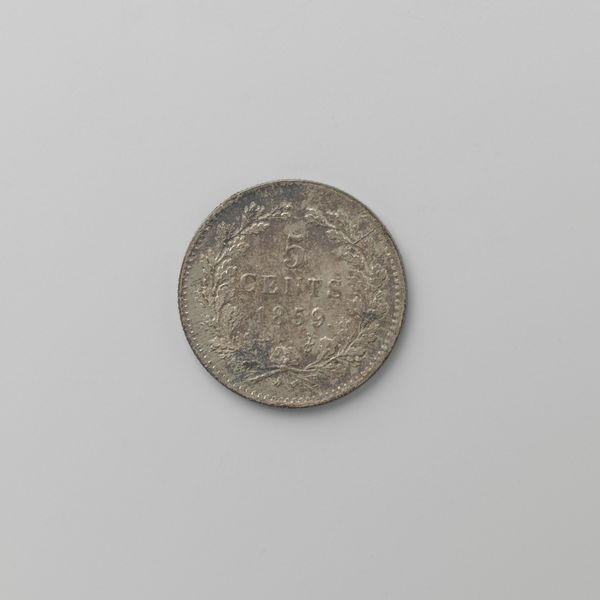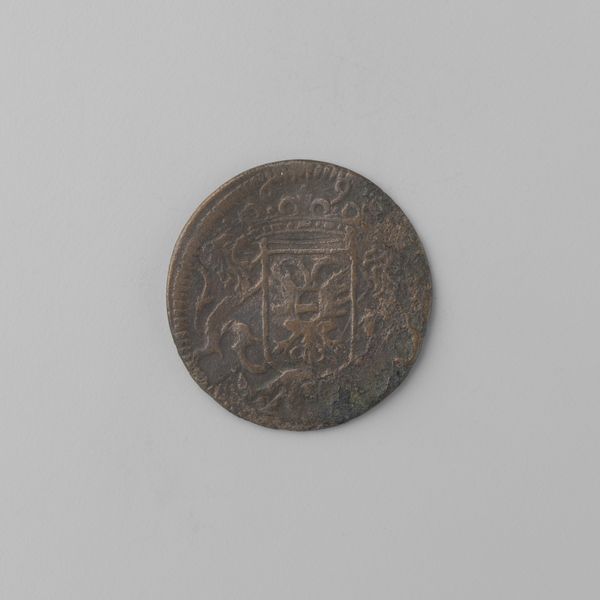![Groningse dubbele plak, 1560 [?] by Stad Groningen](/_next/image?url=https%3A%2F%2Fd2w8kbdekdi1gv.cloudfront.net%2FeyJidWNrZXQiOiAiYXJ0ZXJhLWltYWdlcy1idWNrZXQiLCAia2V5IjogImFydHdvcmtzLzM1NTk3NDU2LTg1ZjgtNDk1My1hODE3LWUzMDIzZDhhZmRkMC8zNTU5NzQ1Ni04NWY4LTQ5NTMtYTgxNy1lMzAyM2Q4YWZkZDBfZnVsbC5qcGciLCAiZWRpdHMiOiB7InJlc2l6ZSI6IHsid2lkdGgiOiAxOTIwLCAiaGVpZ2h0IjogMTkyMCwgImZpdCI6ICJpbnNpZGUifX19&w=3840&q=75)
print, metal, relief
# print
#
metal
#
relief
#
geometric
#
northern-renaissance
Dimensions: diameter 1.9 cm, weight 0.74 gr
Copyright: Rijks Museum: Open Domain
This small coin, a 'Groningse dubbele plak', was likely made in the city of Groningen around 1560. Although the maker is listed as 'Stad Groningen,' coins are a form of institutional art. Here, the city uses imagery to assert its power and identity through economic means. Coins are not just currency; they carry symbolic weight. The double 'plak' features a heraldic emblem, possibly the coat of arms of Groningen, a city in the Northern Netherlands. The eagle, a symbol of power and authority since Roman times, signifies the city's strength and autonomy. The coin also reflects the economic structures of the time, when currency was directly linked to the value of precious metals. To fully understand this coin, we can research the history of Groningen, its political alliances, and its economic activities during the 16th century. We might also look at examples of other coins from the same era to see how Groningen represented itself in relation to other city states.
Comments
No comments
Be the first to comment and join the conversation on the ultimate creative platform.
